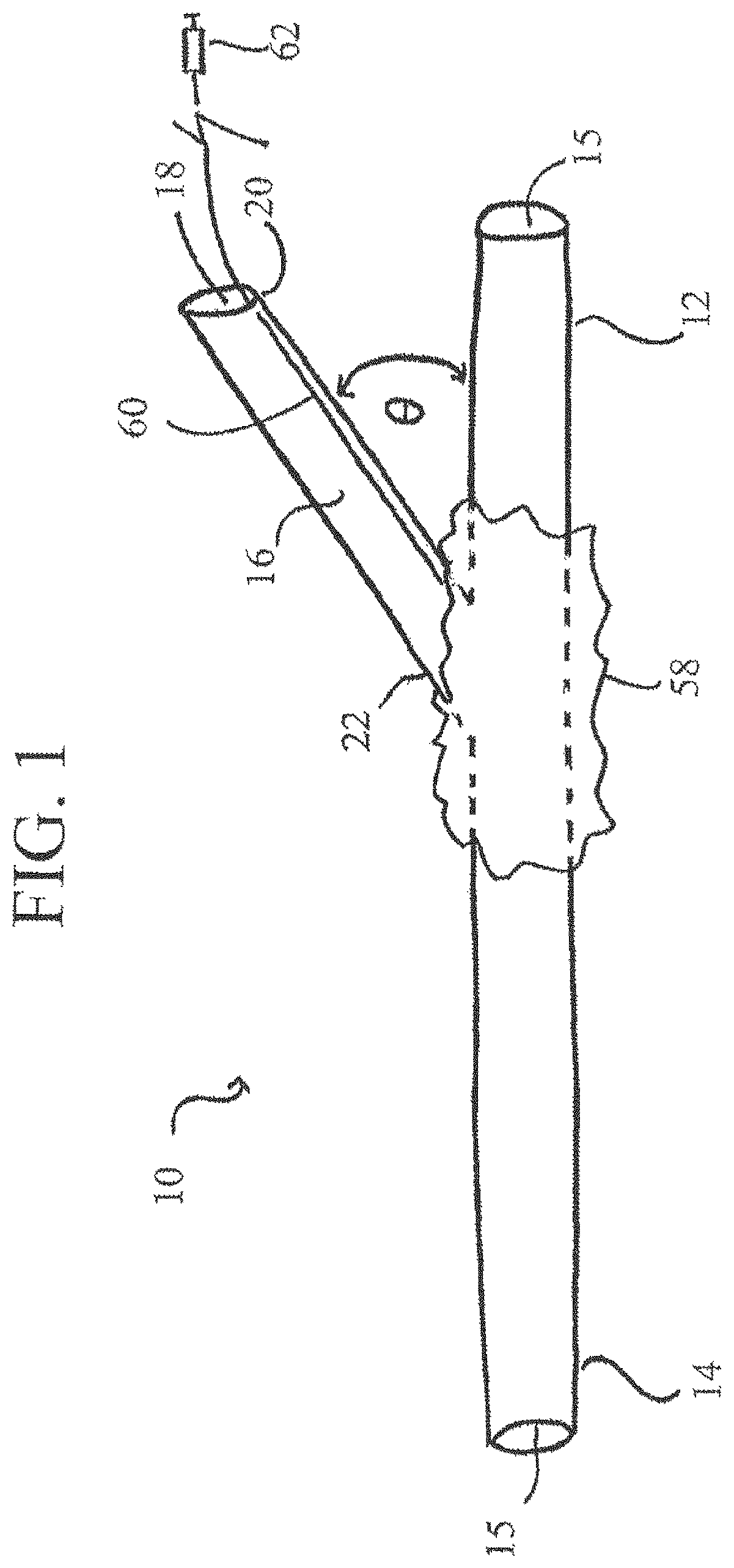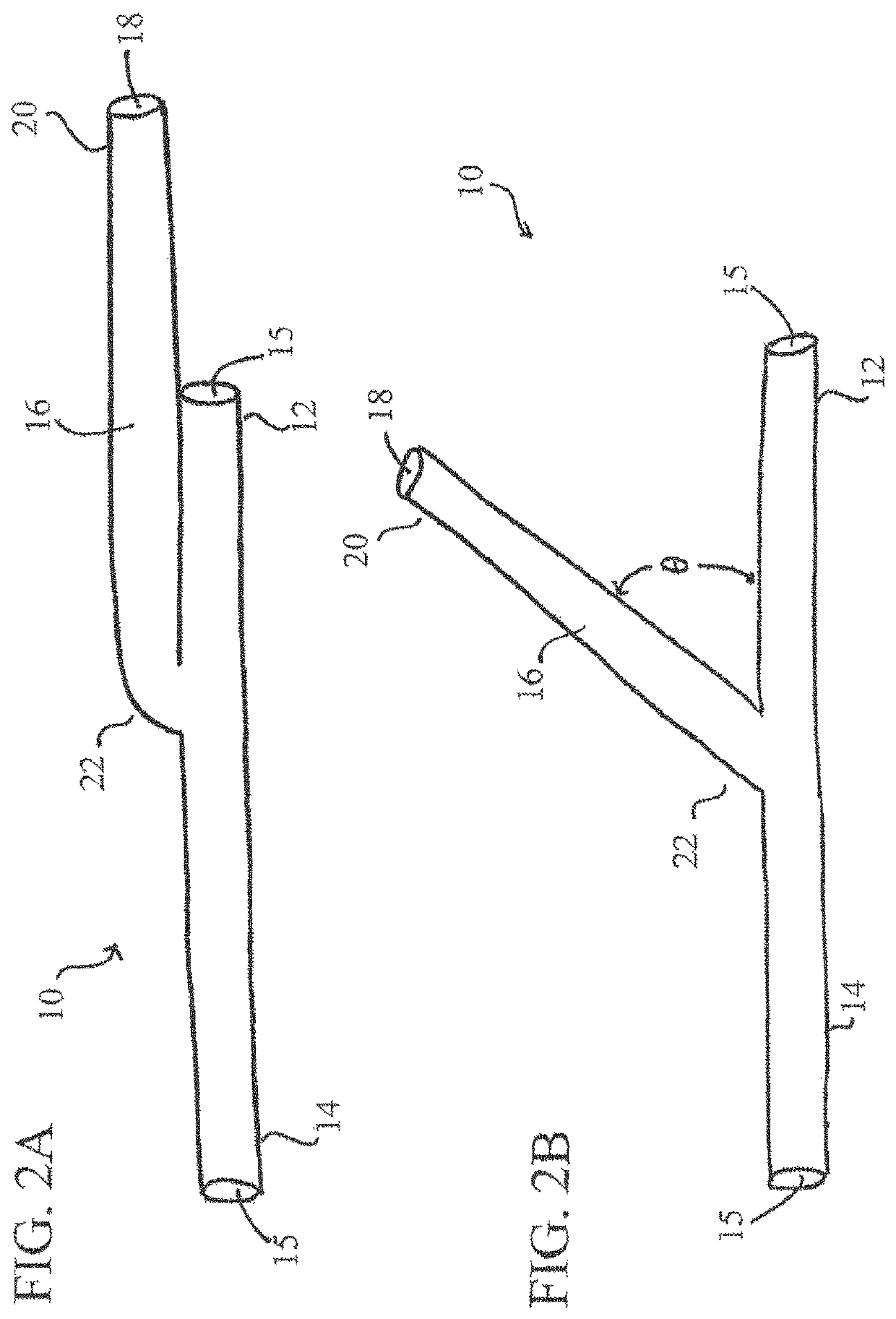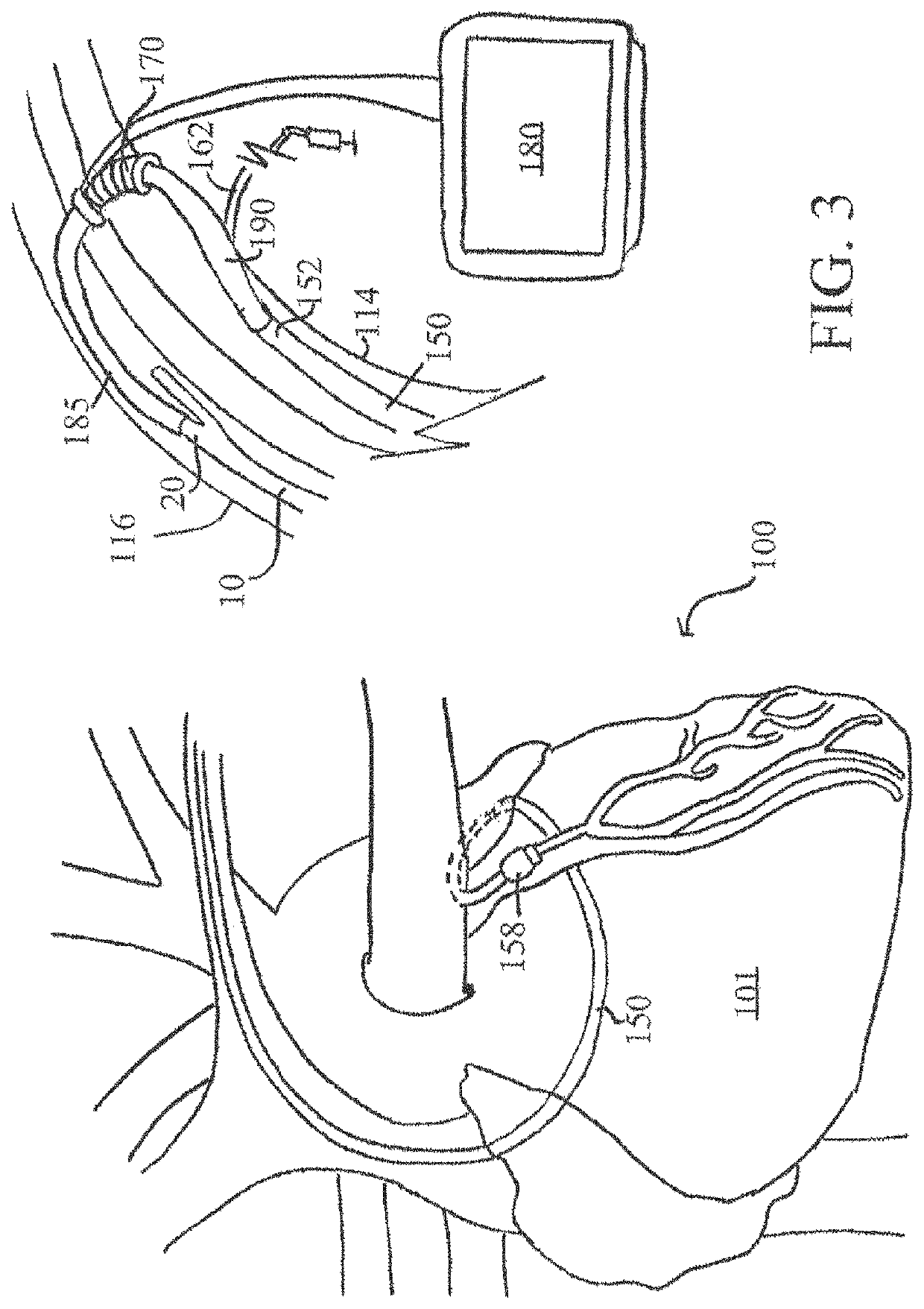Such patients are generally identified as “no-option” patients because there is no conventional therapeutic option available to treat their condition.
Currently, there are multiple specific conditions for which conventional
revascularization techniques are known to be ineffective as a treatment.
Furthermore, a percentage of all patients diagnosed with symptomatic CAD are not suitable for CABG or PTCA.
In addition and for various reasons discussed below, diabetic patients—especially those with type 2 diabetes—exhibit an
increased risk for CAD that is not effectively treated by conventional revascularization techniques.
There is currently little data available on the
prevalence and prognosis of patients with symptomatic CAD that is not amenable to revascularization through conventional methods.
However, one study indicated that out of five hundred (500) patients with symptomatic CAD who were considering direct myocardial revascularization and
angiogenesis, almost twelve percent (12%) were not suitable for CABG or PTCA for various reasons.
Furthermore, it is believed that diffuse CAD is much more common than conventionally diagnosed because it is often difficult to detect by an angiogram due to the two-dimensional views.
As previously indicated, there is considerable evidence that CABG for vessels having diffuse CAD results in a relatively poor outcome.
Further, as previously noted conventional revascularization techniques have also proven ineffective on a subgroup of patients with medically
refractory angina.
In line with the aforementioned reasoning, this is likely because patients with medically
refractory angina have small or diffusely diseased distal vessels that are not amenable to conventional revascularization therapies.
Accordingly, patients exhibiting diffuse CAD or medically
refractory angina are often considered no-option patients and not offered
bypass surgery, PTCA, or other conventional procedures.
Moreover, as compared with non-diabetic patients, diabetic patients have lower ejection fractions in general and therefore have an increased chance of suffering from silent myocardial infarctions.
Furthermore, patients diagnosed with diffuse CAD ran a two-fold
increased risk of in-hospital death or major morbidity, and their
survival rate at two (2) years was worse than those patients who exhibited non-diffuse CAD or other complicating conditions.
As previously indicated, the majority of these patients are considered no-option patients and are frequently denied
bypass surgery as it is believed that CABG would result in a poor outcome.
Due to the increasing numbers of no-option patients and a trend in
cardiac surgery towards more aggressive coronary interventions, a growing percentage of patients with diffuse CAD and other no-option indications are being approved for coronary
bypass surgery because, in effect, there are no other meaningful treatment or therapeutic options.
As such, performing effective and successful coronary bypass surgeries is becoming much more challenging.
Patients with “full
metal jackets” (or multiple stents) are typically not referred to cardiac surgeons and often end up as no-option patients despite the attempts of using these innovative surgeries.
In addition, many patients referred for CABG have advanced diffuse CAD and have previously undergone at least one
catheter-based intervention or surgical revascularization procedure that either failed or was not effective.
Because of this, the patient's vessels may no longer be graftable and complete revascularization using conventional CABG may not be feasible.
An incomplete myocardial revascularization procedure has been shown to adversely affect short-term and long-term outcomes after coronary
surgery.
However, while CE was first described in 1957 as a method of treating CAD without using
cardiopulmonary bypass and CABG, this procedure has been associated with high postoperative morbidity and mortality rates and has been afforded much scrutiny.
Nevertheless, CE is the only therapeutic option available for many no-option patients with diffuse CAD.
Similarly, because conventional therapies have proven ineffective or are unavailable to
high risk patients,
perioperative transmyocardial revascularization (“TMR”) has been indicated for patients suffering from medically refractory angina.
When a coronary
artery becomes blocked, the flow of blood to the myocardium stops and the
muscle is damaged.
An MI can damage the myocardium, resulting in a scarred area that does not function properly.
Both of these revascularization techniques are clinically safe and effective, however, they require specialized staff and facilities, which are not available at all acute care facilities, or not available soon enough to preserve enough
myocardial tissue in the wake of an MI.
A significant effort has been undertaken in recent years to speed MI patients to the cath lab for PCI upon presenting, but these programs are not available everywhere, and even where available, do not often meet the 90 minute target of door to
balloon time.
Historically, PCI of the LMCA (LMPCI) has been deemed too risky, however, recent advances in technique and tools have begun to allow an expanded LMCA
patient population for PCI, especially in certain patient conditions where PCI is preferable to CABG (e.g., patients who are aging, delicate, and / or in
critical condition).
Existing circulatory support devices used to address these hemodynamic issues, such as the intra-aortic
balloon pump (IABP) and left
ventricle circulatory support devices (e.g., Impella 2.5), are unable to sufficiently meet the myocardium
oxygen demands even though cardiac pumping
mechanics are improved.
The assistance from these devices is limited further during no-reflow and coronary
artery dissection events.
In addition, the clinically superior left
ventricle circulatory support devices are complicated to use and require dedicated training and facilities, which has prevented wide-spread clinical adoption.
This condition severely complicates an MI event with in-hospital mortality rates exceeding 50 percent.
Thrombolytic medications are administered as the primary revascularization technique, however, 70 percent of those receiving
thrombolysis fail to respond.
Because only 1,200 out of 5,000 acute care hospitals are capable of performing PCI (and even fewer are capable of CABG), nearly 60 percent of STEMI patients do not achieve the required 90 minute time-frame for revascularization.
However, the IABP's use in MI events remains at less than 5 percent of cases due to complicated training and device-related malfunctions in 12-30% of all cases.
Circulatory support devices used in these cases have two major problems: inability to adequately augment
blood flow in flow-limiting atherosclerotic
coronary arteries to a damaged myocardium, and 12-30% device complication incidence rates, including
peripheral ischemia, compartment syndrome, infection, hematological issues, and mechanical issues.
Despite the advances in
peripheral arterial revascularization, there remains a large group of patients who cannot be helped by conventional surgical techniques due to severe diffuse
occlusion of the distal
arterial tree.
A Swedish study based on a longitudinal analysis of 321 patients identified a mean number of three
surgical interventions per patient and a mean length of hospitalization of 117 days, resulting in significant health care costs and disruption of patient's lives.
Despite such an optimized approach, a subgroup of patients (approximately 14%-20%) is not suited for distal arterial reconstruction and may require
amputation.
Few effective therapeutic options are available to these patients, who usually suffer from advanced
disease of small vessels of the calf and foot and who may be further compromised by other co-morbidities.
ST segment elevation
myocardial infarction (STEMI) is the most severe form of acute coronary syndrome (ACS) that affects nearly 500,000 Americans each year and places a heavy clinical and financial burden on the healthcare system.
RI and no-reflow phenomenon (microvascular obstruction) occur in at least 60% of all STEMI patients following PCI and lead to multiple complications including increased
infarct size (up to 50% of the total infarct area), diminished left ventricular (LV) function, LV remodeling, and increased mortality.
These therapies are fundamentally limited, however, mainly because they cannot be effectively delivered to the
ischemic myocardium prior to PCI due to the arterial obstruction (i.e., the arterial obstruction does not allow for arterial therapy delivery to the
region of interest until PCI is completed, which would be too late to prevent RI).
 Login to View More
Login to View More  Login to View More
Login to View More 


